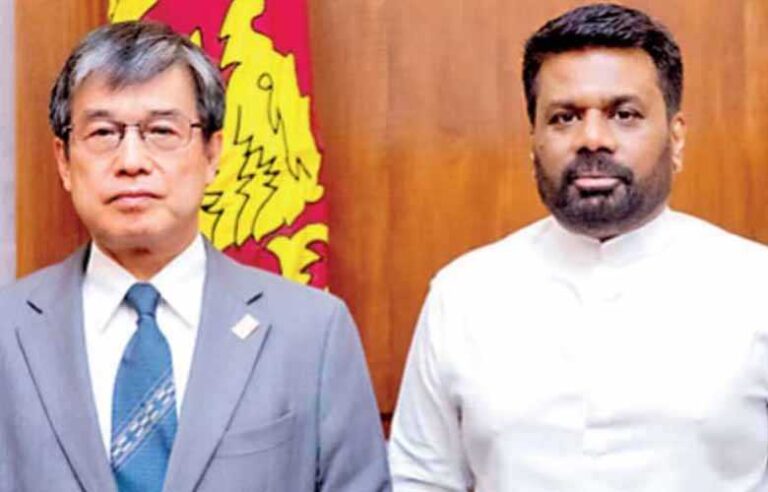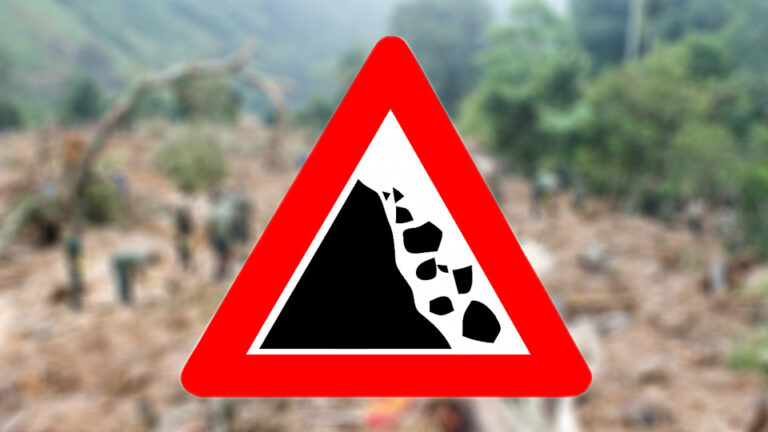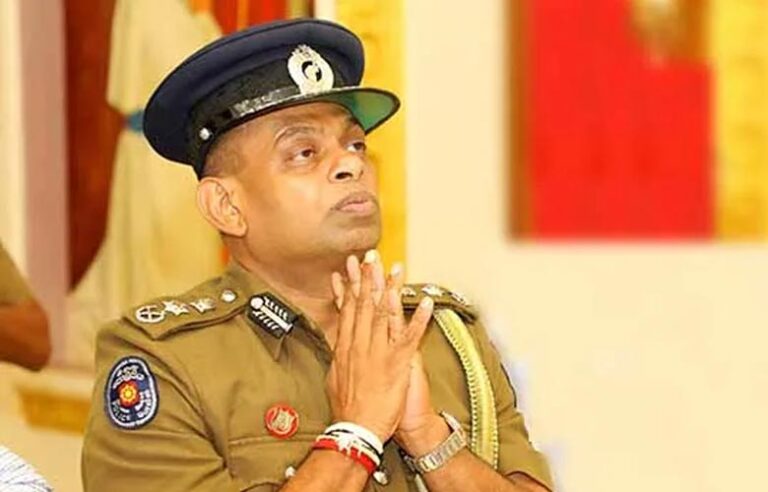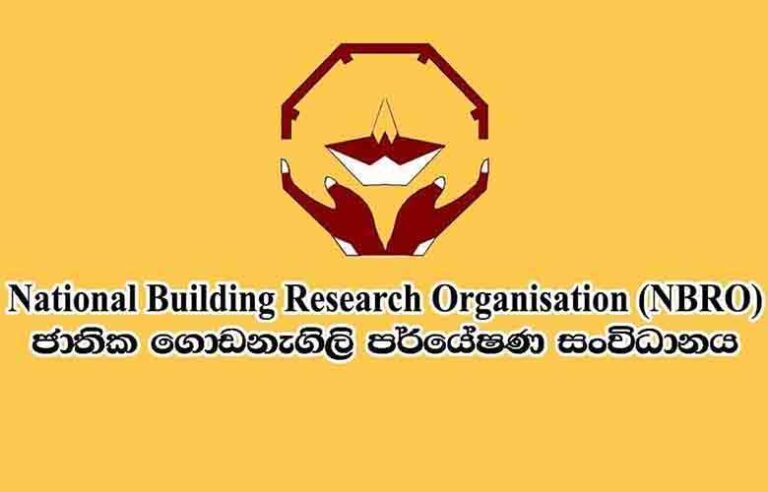By: Staff Writer
February 28, Colombo (LNW): Sri Lanka is making significant strides in enhancing its digital economy, with a strong focus on data security and digital identity. As part of its modernization efforts, the government is actively pursuing the establishment of a sovereign cloud to safeguard sensitive data while ensuring compliance with global security standards.
This initiative aligns with broader digital transformation goals, including the introduction of a national digital identity system and a secure data exchange framework.
Recognizing the importance of secure digital infrastructure, Sri Lankan officials are engaging with both local and international stakeholders to develop a robust mechanism for cloud infrastructure participation. These efforts are expected to provide businesses and citizens with a safer and more reliable digital environment, fostering innovation and economic growth in the digital sector.
To ensure the highest levels of security, the government is in discussions with various stakeholders to conceptualize and implement a sovereign cloud. Sanjaya Karunasena, Director of the Information Communication Technology Agency of Sri Lanka (ICTA), stated that discussions are underway with qualified local and international players to establish a secure cloud framework that meets all necessary security standards.
He emphasized that maintaining sovereignty over national data is crucial, especially as Sri Lanka moves towards implementing a national digital ID system.
Karunasena further explained that a biometric-backed digital identity would offer a highly secure and reliable method for citizens to verify their identities online. However, he noted that rigorous security measures, including multiple validation layers and extensive testing, must be in place before the system is made available for public use.
The national data exchange, which will integrate with Sri Lanka’s sovereign cloud, was initially announced in February as part of this comprehensive digital strategy.
Addressing the security concerns associated with cloud infrastructure, Dr. Hans Wijesuriya, Chief Adviser to the President on Digital Economy and Secretary to the Ministry of Digital Economy, stressed the importance of implementing fundamental security measures before advancing further.
He noted that different types of data require varying levels of security assessments, and that the government will take a risk-based approach in designing these security frameworks.
Wijesuriya also highlighted the broader economic impact of the sovereign cloud initiative, particularly in enhancing business-to-business (B2B) interactions across borders.
By enabling seamless and secure digital transactions, the government aims to improve trade volumes and regional economic integration while ensuring citizen-centric digital services remain a top priority.
With these strategic initiatives, Sri Lanka is positioning itself as a leader in digital transformation, ensuring that technological advancements align with national security requirements and economic growth objectives.











